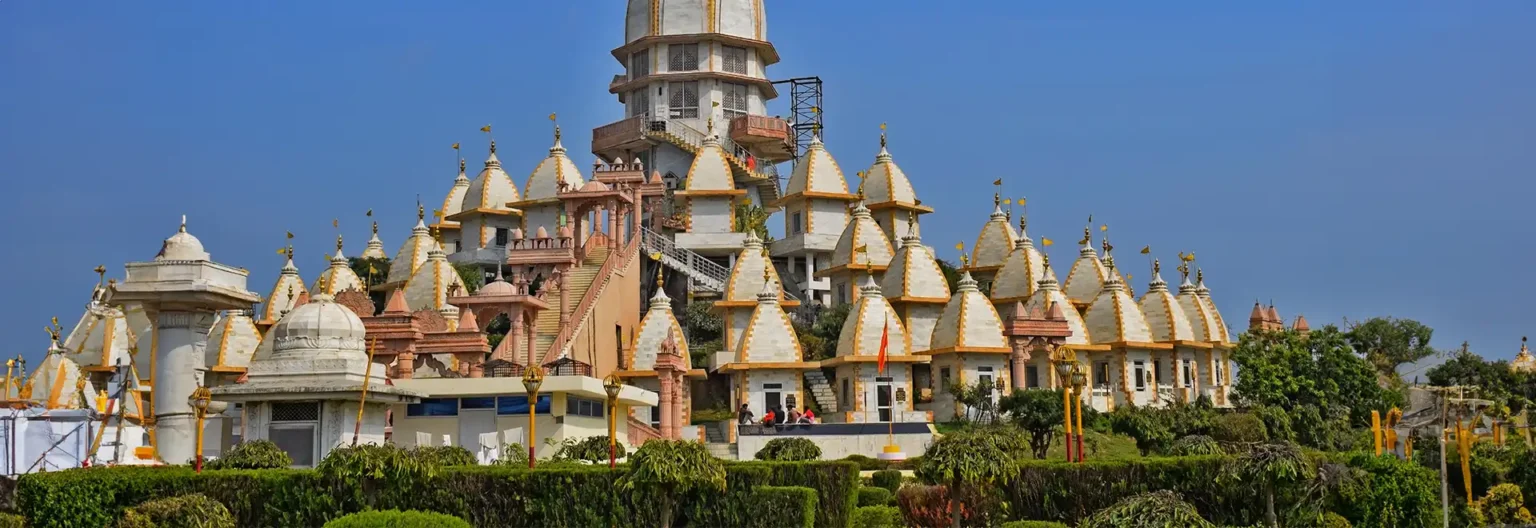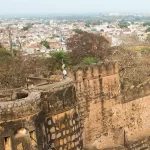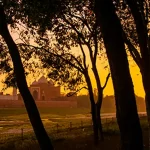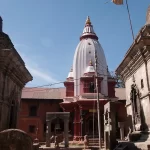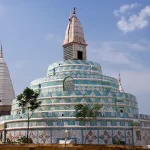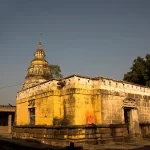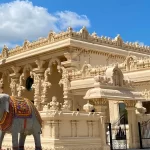Hastinapur: The Eternal City of History, Mythology, and Spirituality
Hastinapur, a city of immense historical and spiritual significance, was the heart of the Kuru Kingdom in the Mahabharata era. Known as the “City of Elephants,” it holds vital connections to both Hindu and Jain traditions. With ancient temples, archaeological finds, and a rich cultural heritage, Hastinapur continues to be a revered pilgrimage site for millions worldwide.
Besides its mythological importance, the city is also that of continuity in holy geography in Indian civilization. Its temple ruins, forests, and ghats echo with the grandeur of a time when warriors, seers, and kings charted the fate of the subcontinent. It is no longer a place only for religious pilgrims but also for historians, archaeologists, and spiritual searchers as well. It is increasingly accessible with modern infrastructure, which has made it possible for pilgrims and tourists to visit its heritage in ease. Schools and research centers inside and outside Hastinapur continue to preserve and interpret its legacy.
The presence of wildlife sanctuaries, specifically the Hastinapur Wildlife Sanctuary, adds an ecological element to the town’s importance, making it a blend of nature, history, and divinity. Whether one visits to pray, study, or explore, Hastinapur never fails to inspire awe and reverence through its timeless atmosphere.
Importance in the Mahabharata Era.
Hastinapur is a small town that lies in the Meerut district of Uttar Pradesh, one of the significant cities in the Indian history, especially during the Mahabharata era. It was the capital of the Kuru Kingdom-the heart of the Kaurava dynasty -with many significant events in the Mahabharata. The city was inhabited by King Dhritarashtra and Queen Gandhari of Hastinapura and the 100 sons, the Kauravas. The Pandavas were also born and brought up there.
All this rivalry started within Hastinapura and had climaxed finally in Kurukshetra, with the great war. The venue for the game of dice, exile of the Pandavas, as well as the preparations of war, all stood within its premises. The Ramayana also speaks about Hastinapur, which indicates rich historic past in the land of ancient India.
Etymology and Ancient References
The word “Hastinapur” was derived from the Sanskrit words Hastina literally meaning an elephant and Pura meaning a city, literally termed “City of Elephants”. According to legend, it was founded by King Hasti after whom it was named.
It is mentioned both in Mahabharata and ancient Jain texts, which gives it religious and cultural significance. In Ramayana, the city is described as a crucial point that the messengers crossing the Ganga River along the way to the kingdom of Panchala pass and thus indicates strategic importance in ancient times.
Archaeological Discoveries and Ancient Excavations
Hastinapur Excavation, particularly those undertaken during the 1950s under B.B.Lal, Director General, Archaeological Survey of India, have unearthed important finds which connect the region with the Mahabharata and the ancient Aryan culture. The discovery comprised PGW artifacts that helped scholars tie the archaeological record to the Vedic period and the settlement of the Aryans in the Ganga-Yamuna Doab. Such excavations have unfolded the relationship of material culture with stories of Hastinapur, showing glimpses about the everyday life of the ancient people.
Hastinapur in the Medieval and Colonial Periods
Hastinapur was found in the medieval period to be included within the Ain-i-Akbari, the Mughal imperial records, as one of the parts of the Delhi Sarkar. Under Mughal rule, it became an important settlement in that region. With the coming of the British, the city was administered by Raja Nain Singh Nagar who erected several temples and religious importance was bestowed upon the city of Hastinapur.
Geography and Climate
Modern Hastinapur is located in the Doab region of Uttar Pradesh, near Meerut at a distance of 37 kilometers and 96 kilometers from Delhi.
It lies on the banks of an old ravine of the Ganga and has a temperate climate, with hot summers and soft winters, and a monsoon period between July and September. The grassy plains that surround Hastinapur have always been the reason for the prosperity and strategic locus of this major settlement, both in ancient and medieval India.
Religious Significance of Hastinapur: Hindu and Jain Place of Pilgrimage
In the modern age Hastinapur has been a sacred city of Hindu and Jain shrine. The literature of Mahabharata often refers Hastinpur to be related with the life style and education with devotion. As most of the sacred temples of Hindus are there in the city, which includes Pandeshwar Temple dedicated to Lord Shiva and Karna Temple also as it is believed that this temple has been constructed by Karn, a leading character in the Mahabharata.
There also lies a great Jain heritage, which claims this place as the birthplace of three Jain Tirthankaras; therefore, a sacred place for them. Among them are Digamber Jain Bada Mandir, Shwetambar Jain Ashtapad Teerth, and Kailash Parvat Rachna. The last one is Jambudweep Jain Tirth, a replica of the Jain cosmology. Thousands of people visit this place from all parts of the world.
Ancient and Modern Temples Needs No Introduction
The history of the city goes back to the spiritual depths, and temples of Hastinapur explore that in all its glory.
Pandeshwar Temple, like many others, is also historically linked with the study of the Pandavas and Kauravas. It is said here that Yudhishthira, the eldest of the Pandavas, placed a Shivalinga seeking good omen before the great Mahabharata war. The Karna Temple bears the name of Karna, the pathetic hero of this epic, and among its precincts lies a Shivling he is believed to have installed.
Festivals and Cultural Celebrations
This place is a hub of cultural and religious festivals. Thousands of devotees and tourists attend each of its different festivals, namely Akshaya Tritiya, Das Lakshana, Kartik Mela, Holi Mela, and Durga Puja. Through these communities and the local administrations that provided them with support, the city has developed into a tapestry rich in cultures that remain proud of their legacy to date.
An important town of spiritual heritage and pilgrimage
Modern times associate Hastinapur with the pilgrimage. Being the seat of ancient temples, the birthplace of Jain Tirthankaras, and having an association with the “Mahabharata”, this is a rare coming together of history, mythology, and spirituality. The city is thronged both by tourists and devotees to explore its religious landmarks, ancient ruins, and connect themselves with the legends of the past.
In general, Hastinapur symbolizes the Indian era of antiquity; it has strong connotations for both Hindus and Jains. It is an important cultural link to the mythical world of yore and therefore continues to be one of the most important centers of pilgrimage as well as an important cultural and historical site.

